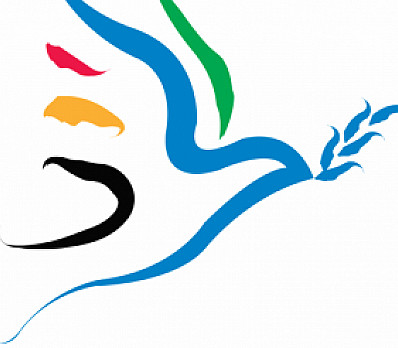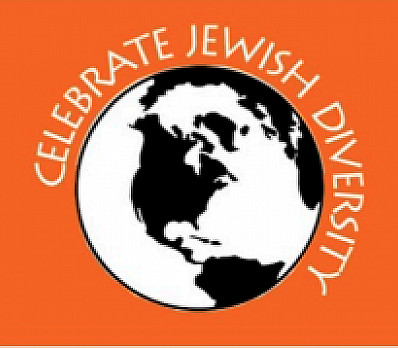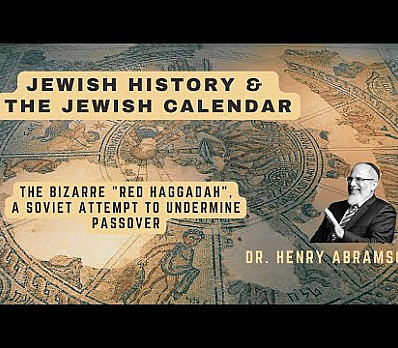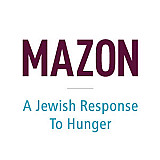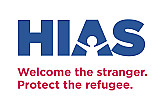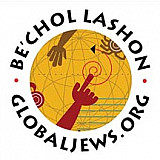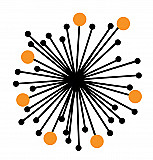Maggid & Persecution of Native Americans
Use this piece in tandem with the telling of the Exodus story. Think about the connection between the Jewish story of Exodus from Egypt to more contemporary examples of persecution and forced migration. How did the formation of the territory now known as the United States depend upon the forced migration of people already residing on the land?
The Hebrews’ Exodus from Egypt is a climactic moment in the Passover story. After suffering for generations as slaves in Egypt, the Hebrews cross the Sea of Reeds and head into the desert with only matzah, the bread of affliction. Led by Miriam and Moses, the community seeks its freedom from slavery, oppression, and violence by wandering in the desert for forty years. Though this is a long struggle, the Hebrews’ persistence leads them to the Promised Land.
More contemporary examples demonstrate that forced migrations are not a thing of the past. In 1863 and ’64, the United States government forcibly removed the Navajo Nation from its ancestral homeland in Arizona, Utah, New Mexico, and Colorado. Prior to this forced move, the US Army went to war with the Navajo and Apache tribes, destroying much of their community. The US Army, led by Kit Carson, then forced 8,500 Navajo people to march 400 miles to their internment in Bosque Redondo, a forty square-mile area. This is now known as the Navajo Long Walk.
Over 200 people died after walking through the harsh winter for two months. Many more perished after arriving in the barren Bosque Redondo reservation, where disease, crop failure, and poor irrigation made survival almost impossible. The Navajos also had their own “bread of affliction.” They were given meager rations of only flour and coffee beans, but because the coffee beans were unfamiliar to this community, they tried to boil them and starved.
After the Navajo were recognized as a sovereign nation under the Treaty of 1868, they returned to their homeland on the Arizona- New Mexico border (one of very few tribes who were allowed to do so). Though their lands were greatly reduced by the US Army and government, the Navajo worked hard to take care of their livestock and rebuild their community.
Can you draw parallels between the Jewish Exodus from Egypt and the Navajo Long Walk? What are the key similarities and differences between these histories? What do you know about the long-term effects of forced migration and persecution on contemporary American Indian communities?
As we observe Passover to commemorate the hardships of our ancestors, how can we act in solidarity with American Indian communities’ histories of persecution, forced migration, and genocide?
A Haggadah for Justice
- Introduction
- Commentary / Readings
- Bareich
- -- Ten Plagues
- Yachatz
- Maggid - Beginning
- -- Four Questions
- -- Four Children
- -- Exodus Story
- -- Cup #2 & Dayenu
- Rachtzah
- Motzi-Matzah
- Maror
- Hallel
- Songs
Inspired to create
your own Haggadah?
Make your own Haggadah and share with other Seder lovers around the world
Have an idea
for a clip?
People like you bring their creativity to Haggadot.com when they share their ideas in a clip
Support Us
with your donation
Help us build moments of meaning and connection through
home-based Jewish rituals.
OUR TOP CONTRIBUTORS
Passover Guide
Hosting your first Passover Seder? Not sure what food to serve? Curious to
know more about the holiday? Explore our Passover 101 Guide for answers
to all of your questions.


